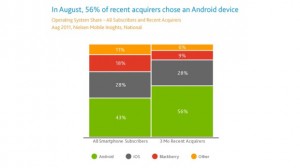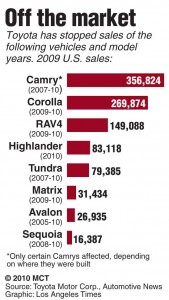An article in the Vancouver Sun was published today about the inappropriate behaviour that employees tend to develop during the holiday season. Accountemps identified 5 “personalities.”
First, “the-not-so-secret shopper”, who overextends their lunch hour to shop for holiday gifts. Secondly, “the Cookie Monster”, who cleans the break room out of holiday treats. Next is the “Sniffler”, who shows up to work despite being sick. Then there is the “party animal”, overindulges at the company Christmas party. Finally, is the “Grinch”, who spreads anti-holiday cheer.
While this article does point out common holiday behaviours, it tends to point out the obvious, and gives very little value to the reader. The article offers no approach for employers to stifle or handle the inappropriate behaviours, nor does it add anything of value to the original information provided by Accountemps.
The article has very little use or qualifications to be published in the business section of a prominent newspaper.







 The media keeps telling us the BlackBerry is going under, but as a Sauder student it’s harder to believe. Since moving to UBC this fall my BBM contacts have doubled. BlackBerry’s seem to dominate Sauderite’s preferences. Is it because of BlackBerry’s reputation as the classic “business phone” and we’re all trying to play the part? Or are we all just waiting for the iPhone 5 or mobile contracts to end?
The media keeps telling us the BlackBerry is going under, but as a Sauder student it’s harder to believe. Since moving to UBC this fall my BBM contacts have doubled. BlackBerry’s seem to dominate Sauderite’s preferences. Is it because of BlackBerry’s reputation as the classic “business phone” and we’re all trying to play the part? Or are we all just waiting for the iPhone 5 or mobile contracts to end?